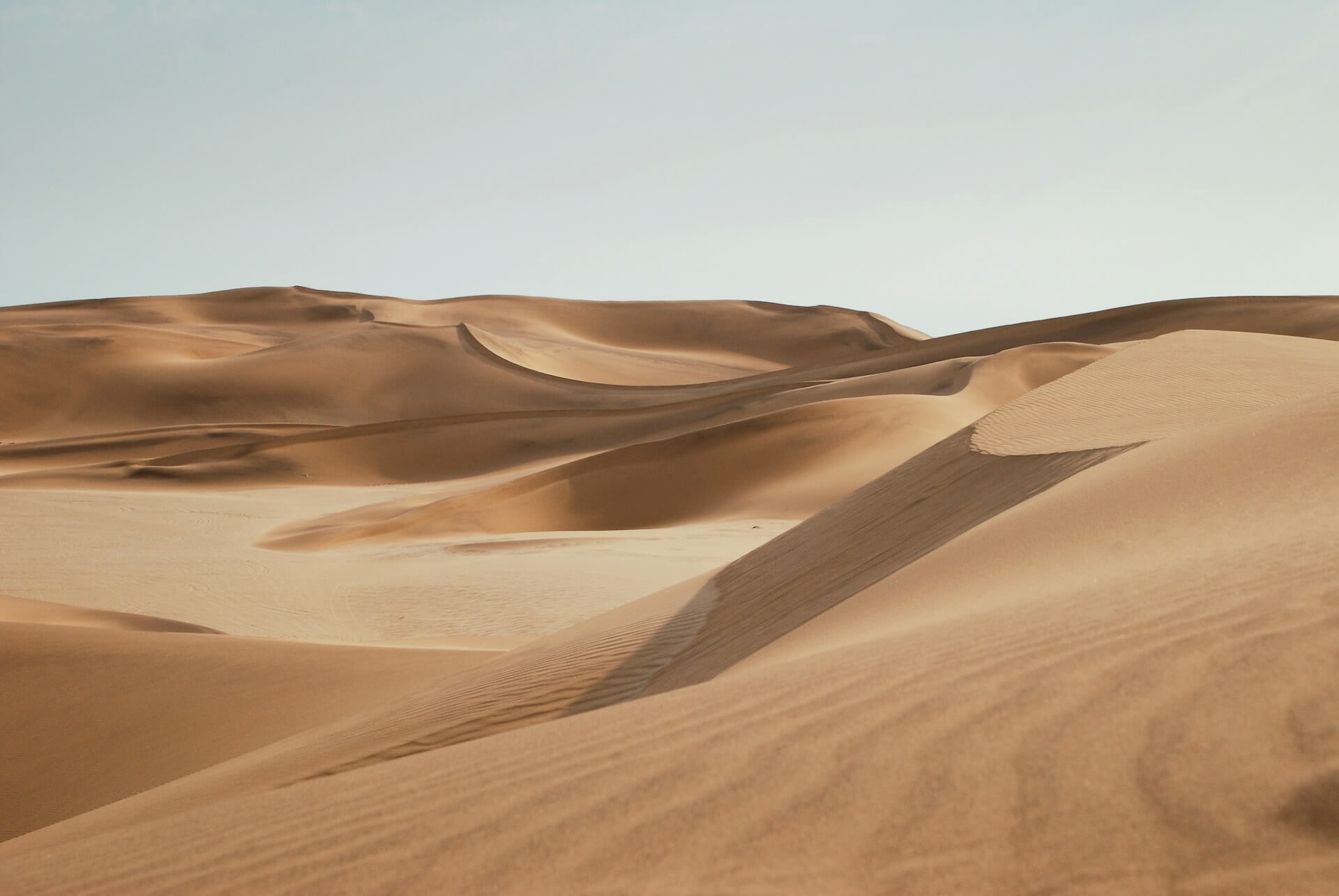
Your Guide to the Deserts in Africa: Visit in 2025
Africa, a continent known for its diverse landscapes, is home to some of the most iconic deserts in the world. From vast expanses of shifting sands to unique semi-arid regions filled with wildlife, African deserts are as varied as they are breathtaking. Whether you’re an adventurous traveler or simply curious about geography, understanding the deserts of Africa can give you a deeper appreciation of this extraordinary continent.
In this guide, we’ll explore the largest and most famous deserts in Africa, provide insights into what makes each one unique, and answer common questions about African deserts.
What is a Desert?
A desert is an area that receives less than 250 mm (10 inches) of precipitation annually. This results in dry, arid conditions where few plants can grow. However, not all deserts are covered in sand dunes. Some are rocky, while others are made of gravel plains or salt flats. In Africa, you’ll find all these types of deserts, each with its own distinct character.
Overview of the Deserts in Africa
Africa is home to a diverse range of deserts, spanning across both northern and southern regions. These arid landscapes make up roughly 31% of the continent, defining much of its geographical character. Let’s delve into 15 of Africa’s most well-known deserts:
1. Sahara Desert: The World’s Largest Hot Desert
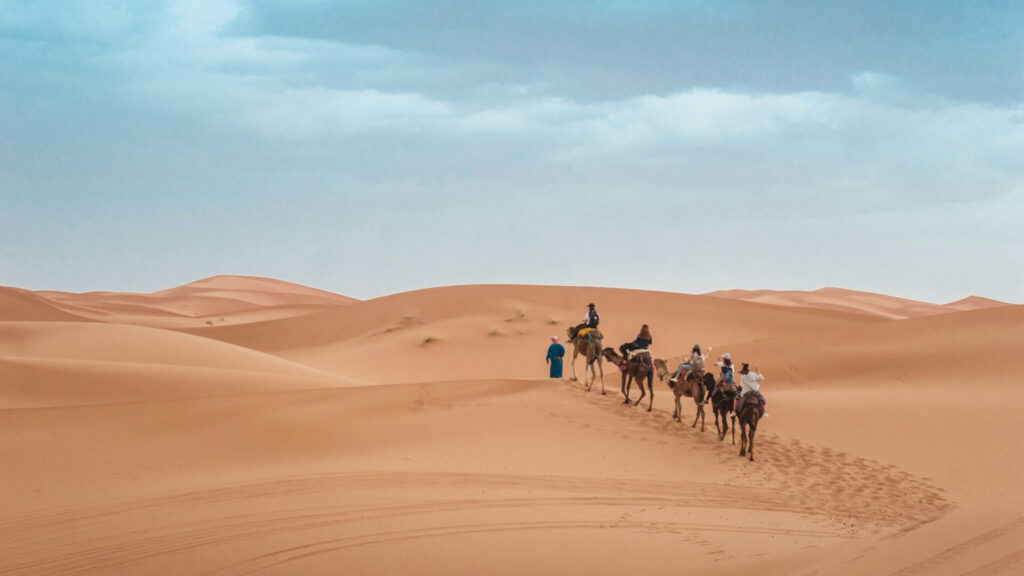
The Sahara Desert is the largest hot desert on Earth, covering an astonishing 3.6 million square miles across North Africa. Spanning Algeria, Chad, Egypt, Libya, Mali, Mauritania, Morocco, Niger, Sudan, and Tunisia, this desert is home to vast sand seas, gravel plains, and mountain ranges. The Sahara is notorious for its extreme temperature swings, ranging from scorching heat during the day to freezing cold at night.
For travelers, the Sahara offers a range of unforgettable experiences, from camel trekking to exploring ancient oases. In Morocco, the Erg Chebbi dunes near Merzouga are a popular destination for desert adventures such as sandboarding and desert camping.
Fun Fact: Despite its reputation for being barren, the Sahara is home to a surprising array of flora and fauna, including desert foxes and the rare Saharan silver ant.
2. Kalahari Desert: Semi-Arid Wilderness

The Kalahari Desert stretches across parts of Botswana, Namibia, and South Africa. Unlike the Sahara, the Kalahari is semi-arid, meaning it receives some rainfall, which supports grasslands and sparse forests. This makes it more hospitable to wildlife, with species like antelope, meerkats, and lions roaming the region.
For a truly unique experience, the Central Kalahari Game Reserve in Botswana offers an incredible opportunity to see wildlife and explore the desert with the San people, one of the world’s oldest cultures.
Did You Know? The Kalahari’s red dunes and semi-arid conditions make it visually distinct from other deserts in Africa.
3. Namib Desert: The World’s Oldest Desert

The Namib Desert is considered the oldest desert in the world, dating back at least 55 million years. Its iconic red dunes, some of the tallest in the world, reach heights of over 1,000 feet. The desert stretches along Namibia’s coastline, creating a dramatic contrast between the rust-colored sands and the Atlantic Ocean.
Sossusvlei, located within the Namib-Naukluft National Park, is a highlight for travelers, where salt pans and dead camel thorn trees form surreal landscapes.
Fun Fact: Despite its age, the Namib Desert is home to desert-adapted animals like the oryx and the unique welwitschia plant, which can live for over a thousand years.
4. Danakil Desert: Earth’s Hottest Place

The Danakil Desert in northeastern Ethiopia is one of the harshest and hottest places on Earth, with average temperatures often exceeding 46.7°C (116.1°F). Known for its incredible geological activity, the desert features Erta Ale, an active volcano with a continuously boiling lava lake, as well as colorful sulfur springs and vast salt flats.
The Dallol sulfur springs, with their striking green and yellow colors, are a top destination for adventurers seeking to explore one of the most extreme environments on Earth.
Interesting Fact: The Danakil Desert is inhabited by the Afar people, who have adapted to these intense conditions and traditionally harvest salt from the desert’s vast flats.
5. Libyan Desert: A Vast Expanse of Isolation
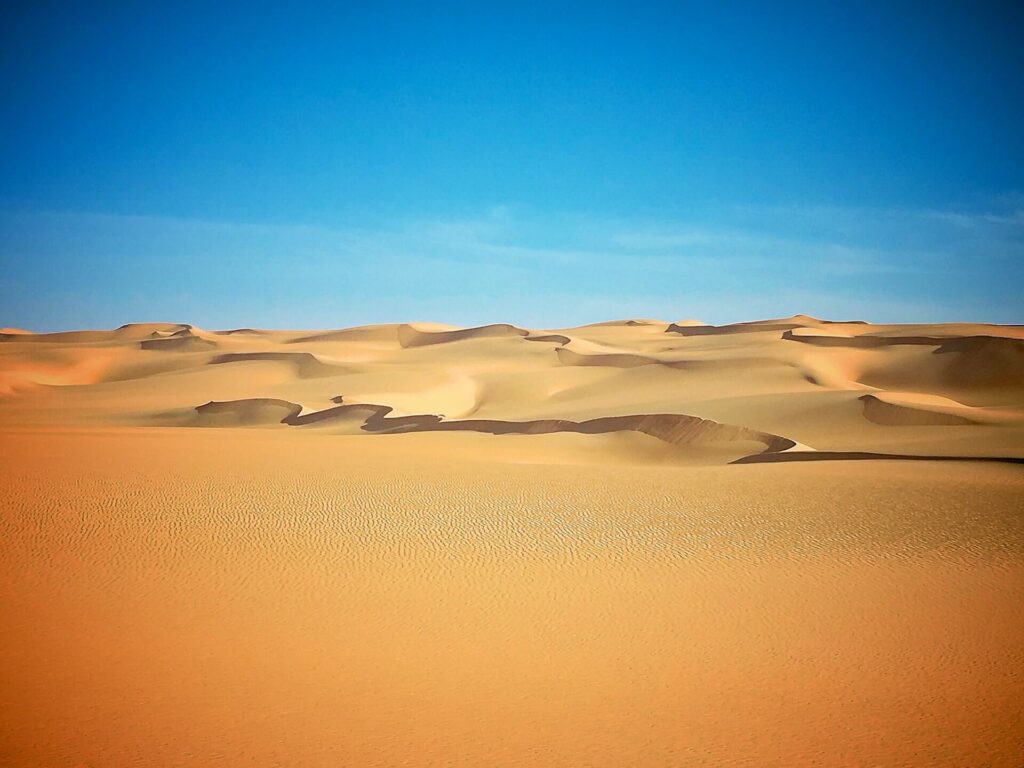
A section of the larger Sahara Desert, the Libyan Desert stretches across Libya, Egypt, and parts of Sudan. Known for its immense sand dunes and vast, empty plains, the Libyan Desert is one of the driest places on Earth, with some regions receiving no rainfall for decades.
The Gilf Kebir plateau in Egypt, known for its prehistoric rock art and rugged beauty, is a highlight for those seeking an off-the-beaten-path adventure in this desolate desert.
Fact: In 1922, the highest recorded temperature on Earth was measured in the Libyan Desert, reaching a scorching 58°C (136°F).
6. Karoo Desert: A Semi-Arid Wonder in South Africa
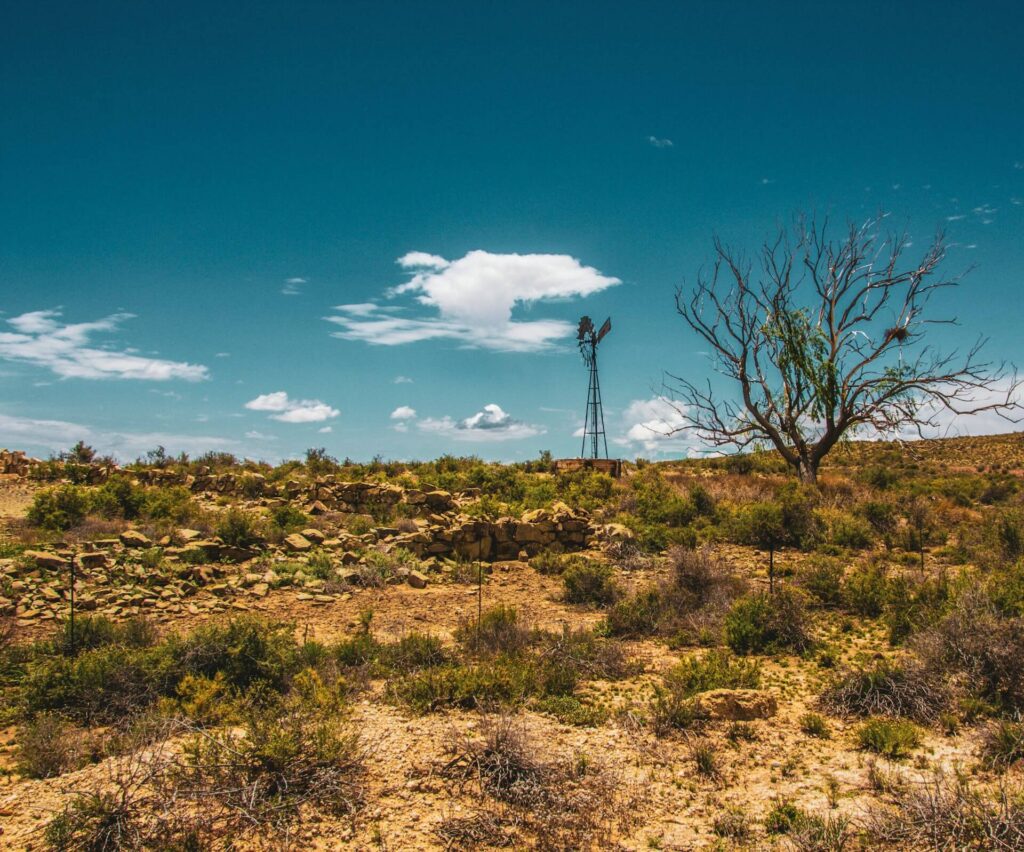
The Karoo Desert is a semi-arid region in South Africa, consisting of the Great Karoo and Little Karoo. This desert is known for its unique biodiversity, with an array of succulents and endemic plant species. The Karoo is a popular destination for stargazing due to its clear night skies and wide-open spaces.
The Karoo National Park offers a fantastic opportunity to experience this semi-arid region, home to animals like black rhinos and Cape mountain zebras.
Fun Fact: The Karoo experiences extreme temperature fluctuations, with hot days followed by cold nights, a hallmark of desert climates.
7. Chalbi Desert: Kenya’s Hidden Gem
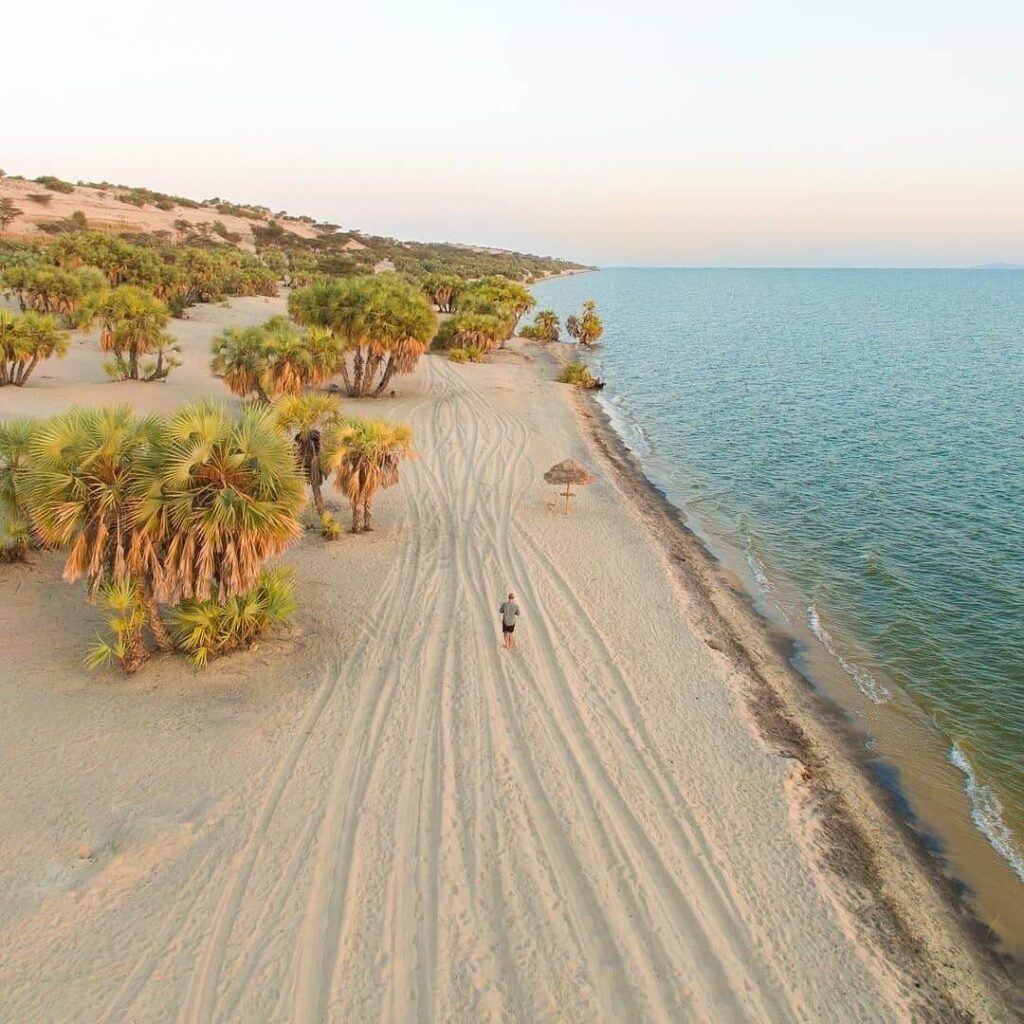
The Chalbi Desert in northern Kenya is a lesser-known desert with beautiful landscapes of vast salt flats, sand dunes, and lava flows. Despite its remote location, the Chalbi Desert is home to pastoral communities like the Gabra people, who have adapted to the harsh conditions.
Visitors can explore the Huri Hills and visit Lake Turkana, the largest desert lake in the world, making this desert an off-the-beaten-path destination for adventurous travelers.
Fact: After heavy rains, parts of the Chalbi Desert transform into a salt marsh, creating an ethereal and surreal landscape.
8. Ténéré Desert: The ‘Desert within a Desert’

Part of the Sahara Desert, the Ténéré Desert covers parts of northeastern Niger and western Chad. Known as the “desert within a desert,” the Ténéré is one of the most isolated and inaccessible places on Earth. The region is famous for its towering sand dunes and the Aïr Mountains, which provide a dramatic backdrop to this stark desert landscape.
The Ténéré was once a crucial part of ancient trans-Saharan trade routes, though today, it remains largely uninhabited, save for a few nomadic tribes.
Interesting Fact: The famous Tree of Ténéré was once the most isolated tree on Earth before it was knocked down by a truck in 1973.
9. Grand Bara Desert: Djibouti’s Rugged Beauty

The Grand Bara Desert in southern Djibouti is a flat, vast expanse of clay and sand. Known for its barren beauty, the Grand Bara is popular with adventurers who seek out desert races and off-road challenges. The desert’s landscape, while harsh, has its own charm, with mirages often creating optical illusions across the plains.
Fun Fact: The Grand Bara is home to the annual Grand Bara 15K Desert Race, an extreme running event that attracts participants from around the world.
10. Djurab Desert: Fossil Hunter’s Paradise
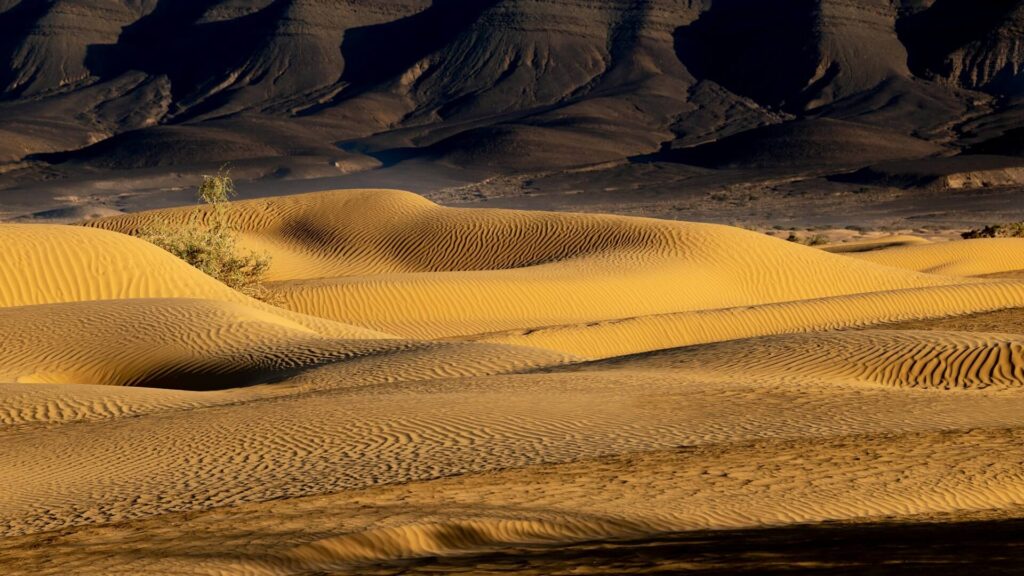
The Djurab Desert in northern Chad may not be as famous as the Sahara, but it’s a treasure trove for paleontologists. This desert is known for its fossil discoveries, including some of the earliest human ancestors. Its vast arid plains and rocky outcrops make it a stark yet fascinating landscape to explore.
Fun Fact: The Djurab Desert was the site where the famous fossil Sahelanthropus tchadensis (nicknamed “Toumaï”) was discovered, one of the oldest known species in the human lineage.
11. Lompoul Desert: Senegal’s Coastal Gem

The Lompoul Desert in Senegal may be small, but it packs a visual punch. With its bright orange sand dunes and proximity to the Atlantic Ocean, Lompoul offers a unique desert experience. It’s a popular spot for glamping, camel rides, and sandboarding.
Located between Dakar and Saint-Louis, Lompoul is easily accessible and offers visitors a chance to experience the desert without venturing into the vastness of the Sahara.
Fact: Lompoul is often referred to as a “mini-Sahara” due to its striking resemblance to its much larger counterpart.
12. Nubian Desert: The Ancient Land of the Pharaohs

The Nubian Desert stretches across northeastern Sudan and southern Egypt. This rocky desert is known for its rugged terrain and the Nile River, which runs along its eastern edge. The desert is rich in ancient history, with numerous archaeological sites from the time of the Pharaohs and the ancient kingdom of Nubia.
For history buffs, the Pyramids of Meroë in Sudan offer a fascinating glimpse into the region’s ancient past.
Did You Know?: The Nubian Desert is one of the hottest places on Earth, with temperatures regularly exceeding 50°C (122°F) during the summer months.
13. Sinai Desert: A Biblical Landscape

The Sinai Desert, located on the Sinai Peninsula in Egypt, holds significant historical and religious importance. It’s where, according to tradition, Moses received the Ten Commandments. Today, the Sinai Desert is a mix of rocky mountains, arid plains, and fertile oases.
The Mount Sinai hike is a popular pilgrimage for those looking to retrace the steps of Biblical history. The region also boasts stunning Red Sea beaches, making it a destination that blends history and natural beauty.
Fun Fact: The Sinai Peninsula is geographically part of both Africa and Asia, making it a transcontinental desert.
14. Tanezrouft Desert: The Land of Thirst
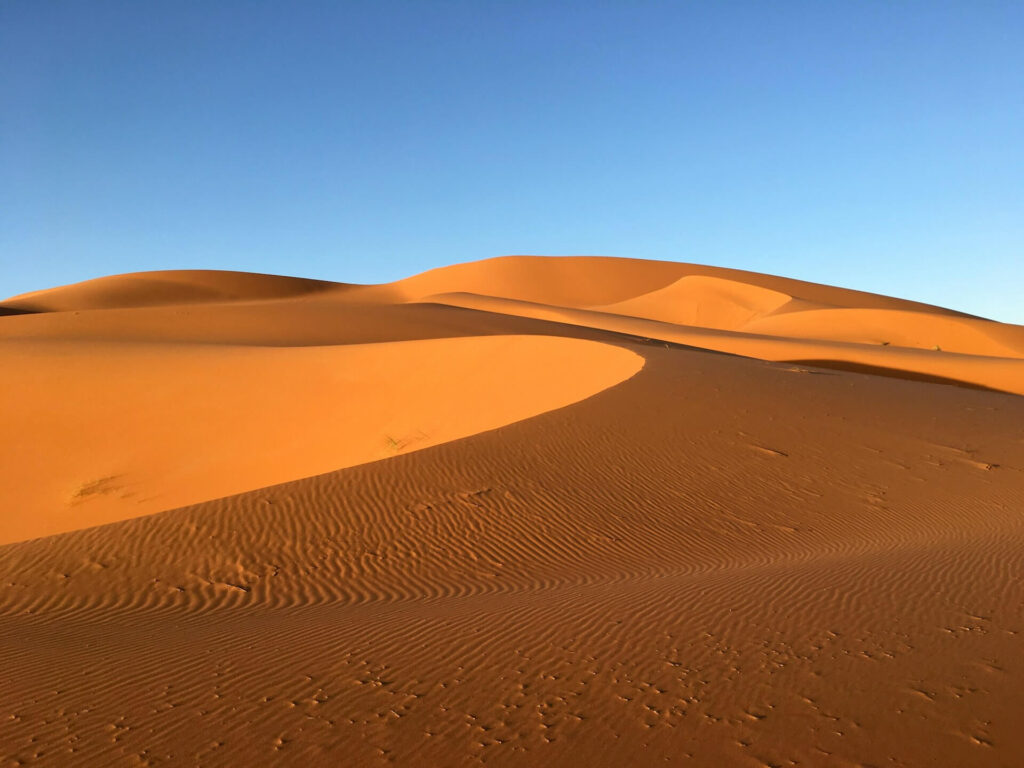
The Tanezrouft Desert, often called the “Land of Thirst,” is one of the most inhospitable regions in the world. Located in the western Sahara, between Algeria and Mali, this desert is characterized by barren rock formations, gravel plains, and endless horizons.
Despite its hostile environment, the Tanezrouft holds a certain allure for adventurers seeking to explore one of the most remote places on Earth.
Fact: The Tanezrouft is known for its lack of water sources, making it one of the driest areas of the Sahara.
15. Tin-Toumma Desert: A Remote Wilderness
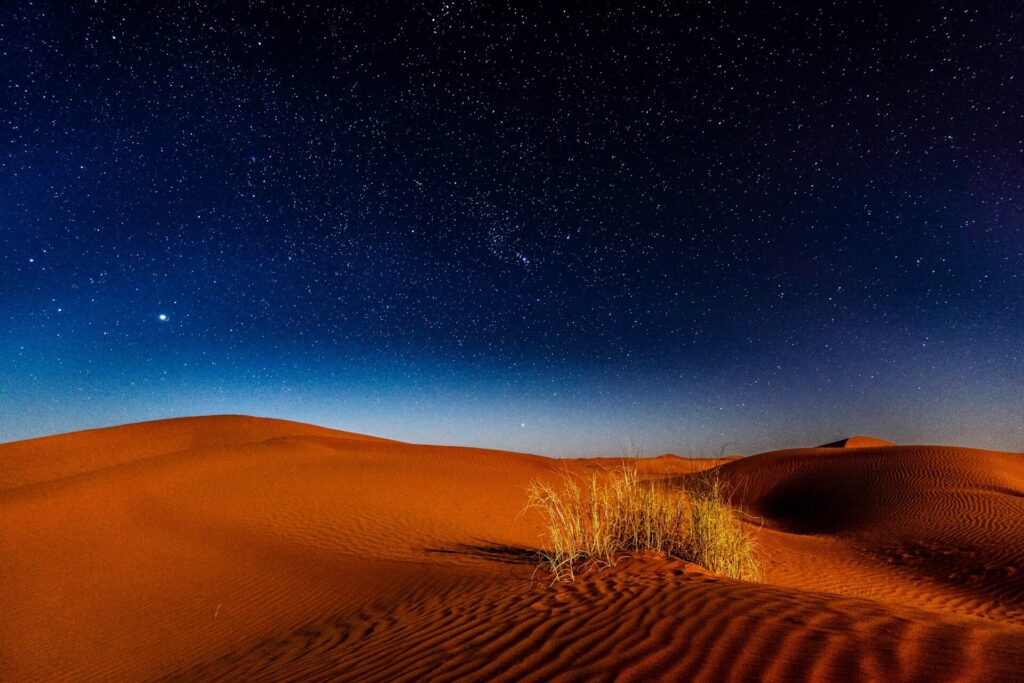
The Tin-Toumma Desert is a lesser-known desert located in southeastern Niger, bordering the Ténéré. This remote wilderness is known for its extreme isolation, with few human inhabitants. The Tin-Toumma is home to some of the last populations of the critically endangered Addax antelope, one of the rarest animals in the world.
Did You Know? Conservation efforts in the Tin-Toumma Desert are critical in preserving the endangered wildlife that calls this region home, including the Saharan ostrich and dama gazelle.
Also read: Mountains in Africa: Top Trekking Destinations and Best Countries for Safari in Africa
Conclusion
Africa’s deserts are as varied as they are vast, offering unique experiences for every type of traveler. Whether you’re fascinated by the extreme landscapes of the Danakil, the wildlife of the Kalahari, or the ancient history of the Nubian Desert, Africa’s deserts are sure to leave a lasting impression. As we look ahead to 2025, there’s never been a better time to explore these arid wonders and discover the beauty of Africa’s diverse desert landscapes.
However, Africa is much more than deserts. The continent is filled with lush rainforests, fertile savannahs, and thriving wildlife areas. A perfect place to explore this diversity is Tanzania, known for its stunning safaris, the Great Migration, and the iconic Mount Kilimanjaro. Whether you’re seeking adventure or wildlife encounters, Tanzania is a must-visit.
Ready to start your African adventure? Let Maximilian Adventures take you there and guide you through an unforgettable journey across Africa’s wonders.
Recent Posts
Where to Stay in Tanzania | Lodges, Resorts and Campsites
Why Chapwani Island Should Be on Your Travel List in 2025
Must-See Waterfalls in Tanzania: A 2025 Traveler’s Guide

Safari




